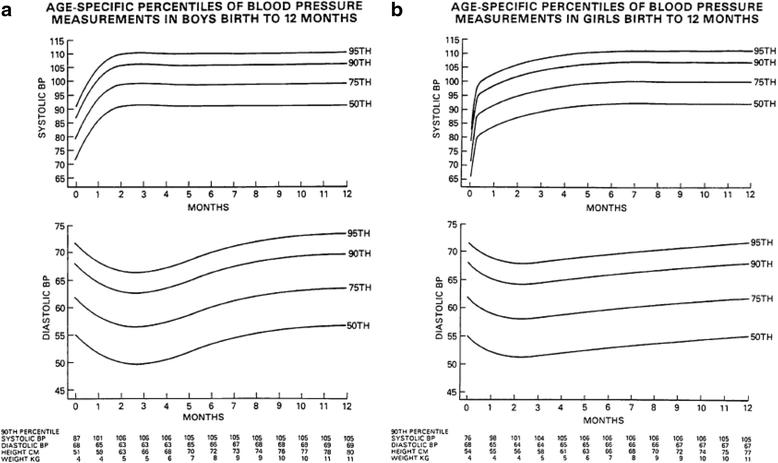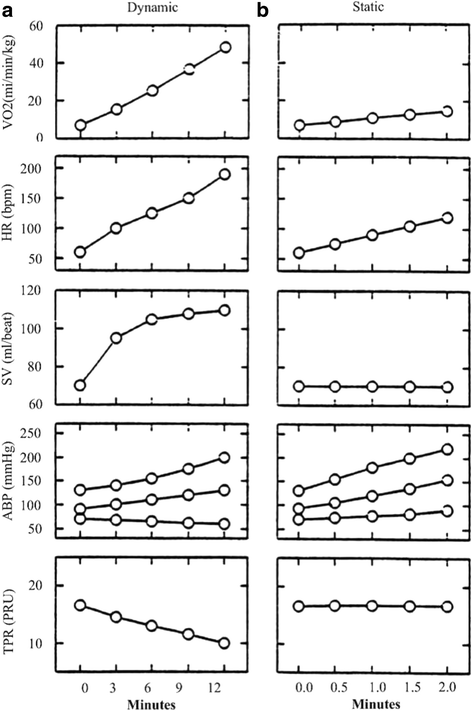Novelty in hypertension in children and adolescents: focus on hypertension during the first year of life, use and interpretation of ambulatory blood pressure monitoring, role of physical activity in prevention and treatment, simple carbohydrates and uric acid as risk factors
- PMID: 27423331
- PMCID: PMC4947361
- DOI: 10.1186/s13052-016-0277-0
Novelty in hypertension in children and adolescents: focus on hypertension during the first year of life, use and interpretation of ambulatory blood pressure monitoring, role of physical activity in prevention and treatment, simple carbohydrates and uric acid as risk factors
Abstract
The present article intends to provide an update of the article "Focus on prevention, diagnosis and treatment of hypertension in children and adolescents" published in 2013 (Spagnolo et al., Ital J Pediatr 39:20, 2013) in this journal. This revision is justified by the fact that during the last years there have been several new scientific contributions to the problem of hypertension in pediatric age and during adolescence. Nevertheless, for what regards some aspects of the previous article, the newly acquired information did not require substantial changes to what was already published, both from a cultural and from a clinical point of view. We felt, however, the necessity to rewrite and/or to extend other parts in the light of the most recent scientific publications. More specifically, we updated and extended the chapters on the diagnosis and management of hypertension in newborns and unweaned babies, on the use and interpretation of ambulatory blood pressure monitoring, and on the usefulness of and indications for physical activity. Furthermore, we added an entirely new section on the role that simple carbohydrates (fructose in particular) and uric acid may play in the pathogenesis of hypertension in pediatric age.
Figures



References
-
- Task Force on Blood Pressure Control in Children Report of the Second Blood Pressure Control in Children −1987. Pediatrics. 1987;79:1–25. - PubMed
-
- Cantinotti M, Giordano R, Scalese M, Molinaro S, Murzi B, Assanta N, et al. Strengths and limitations of current pediatric blood pressure nomograms: a global overview with a special emphasis on regional differences in neonates and infants. Hypertens Res. 2015;38:577–87. - PubMed
-
- Zubrow AB, Hulman S, Kushner H, Falkner B. Determinants of blood pressure in infants admitted to neonatal intensive care units: a prospective multicenter study. J Perinatol. 1995;15:470–479. - PubMed
Publication types
MeSH terms
Substances
LinkOut - more resources
Full Text Sources
Other Literature Sources
Medical

